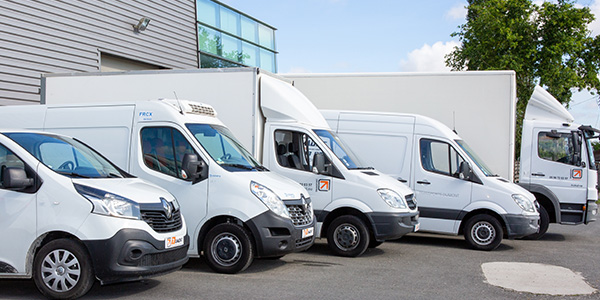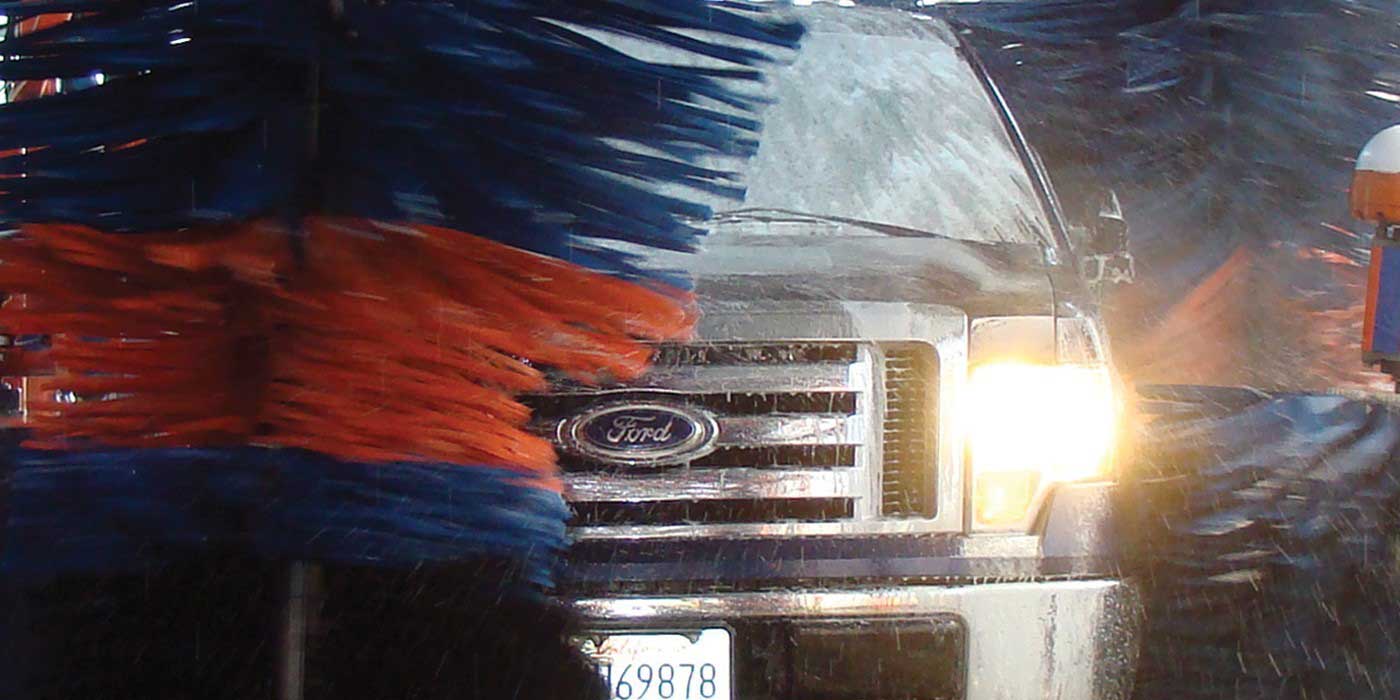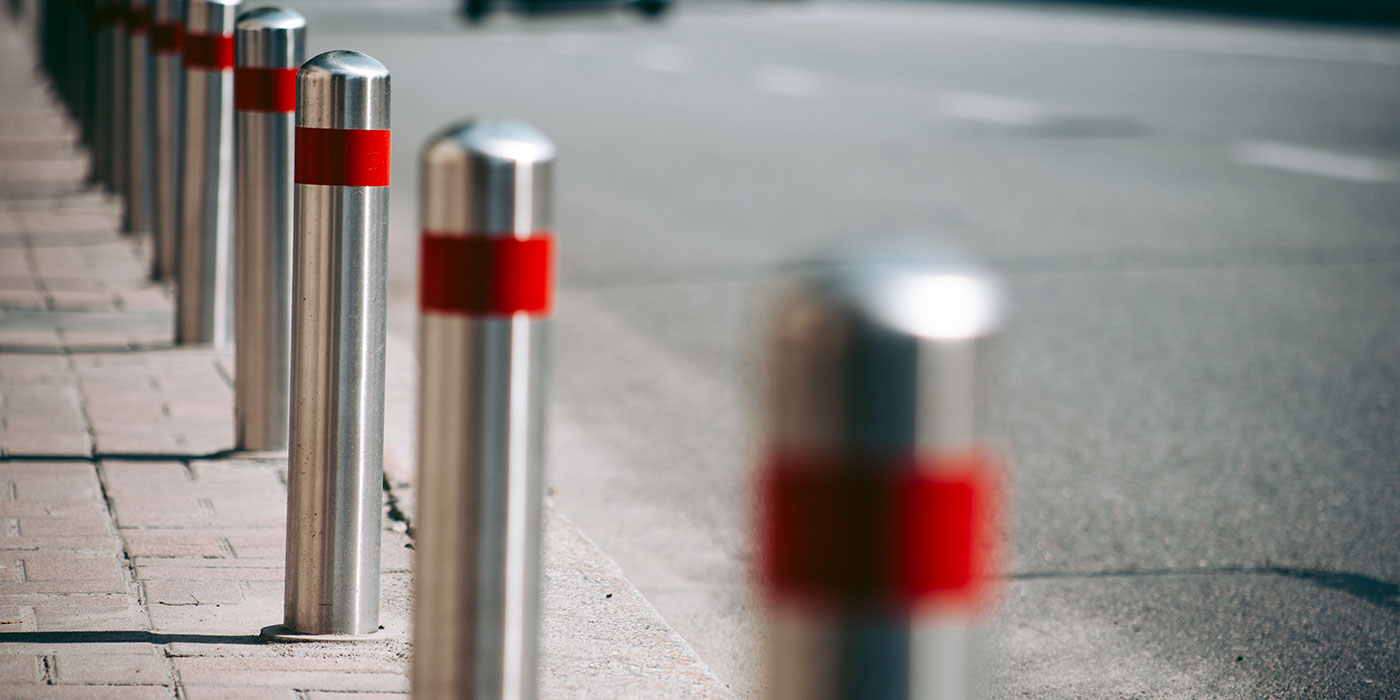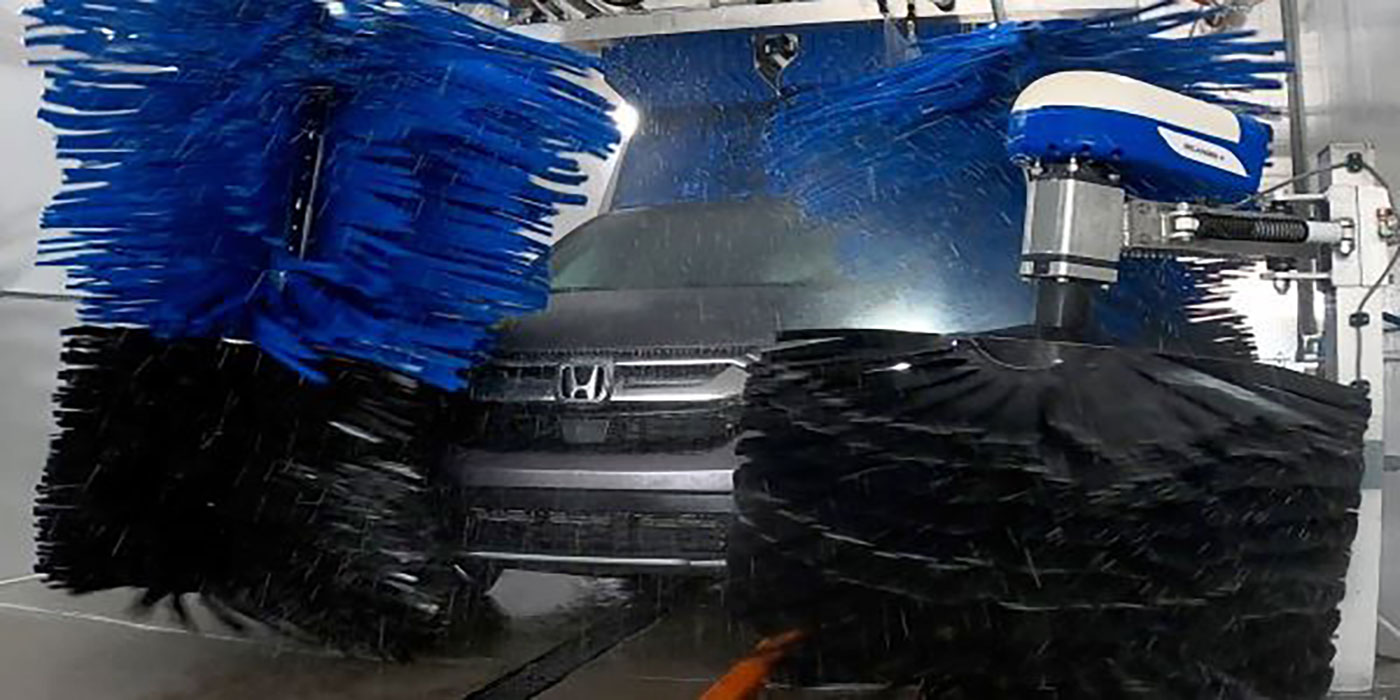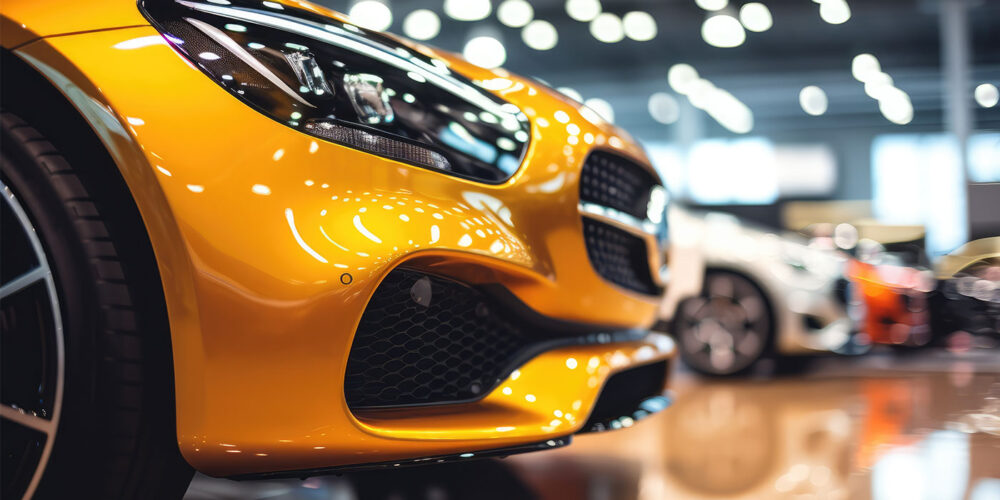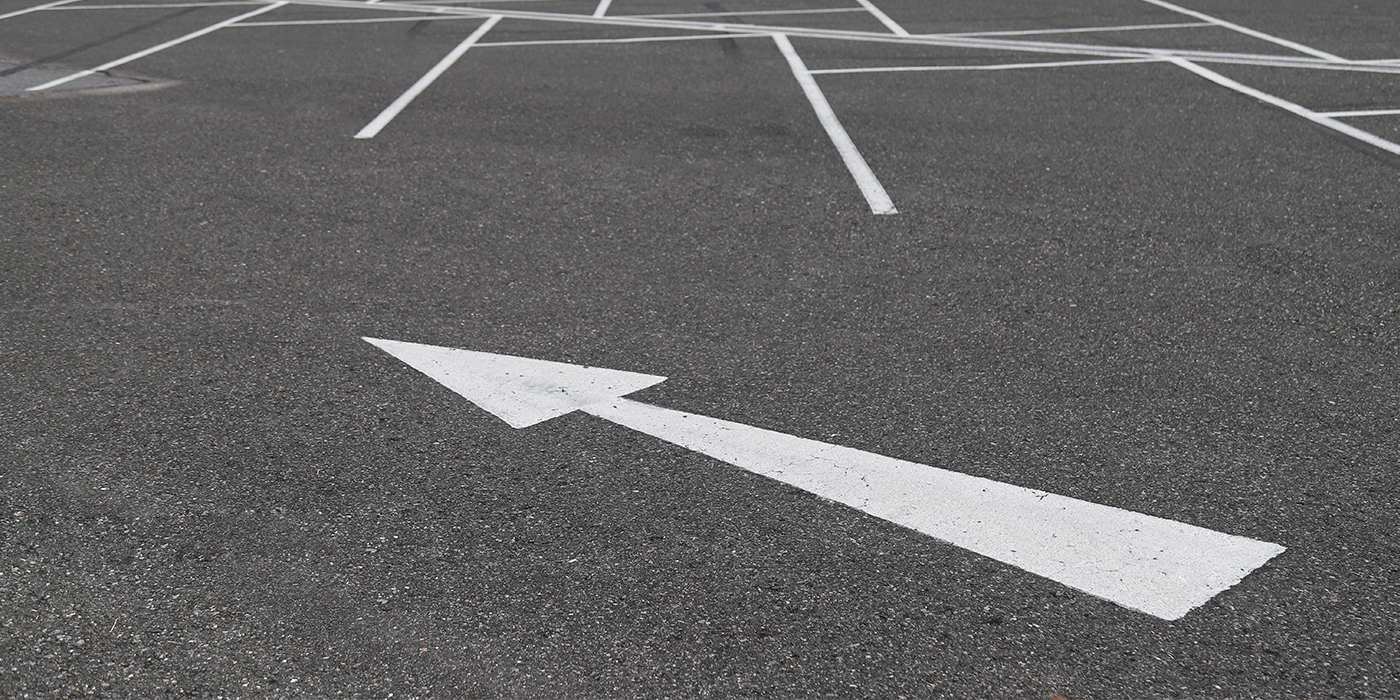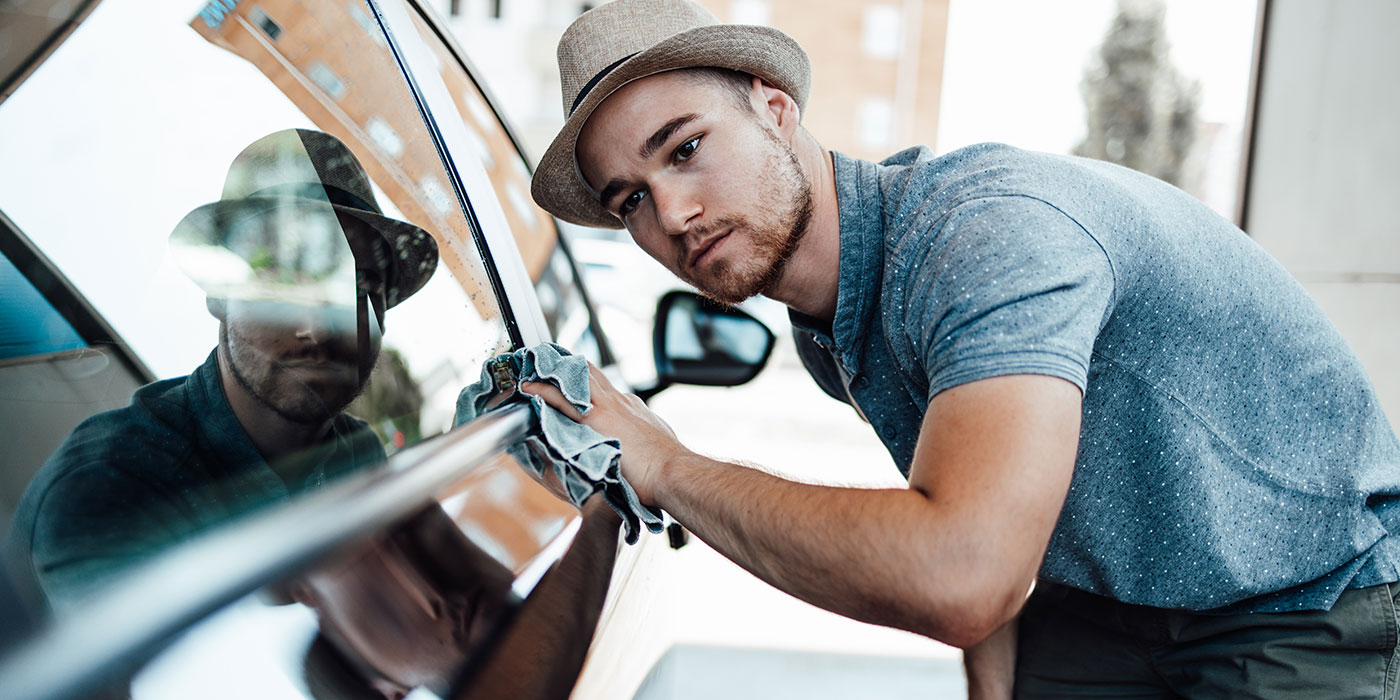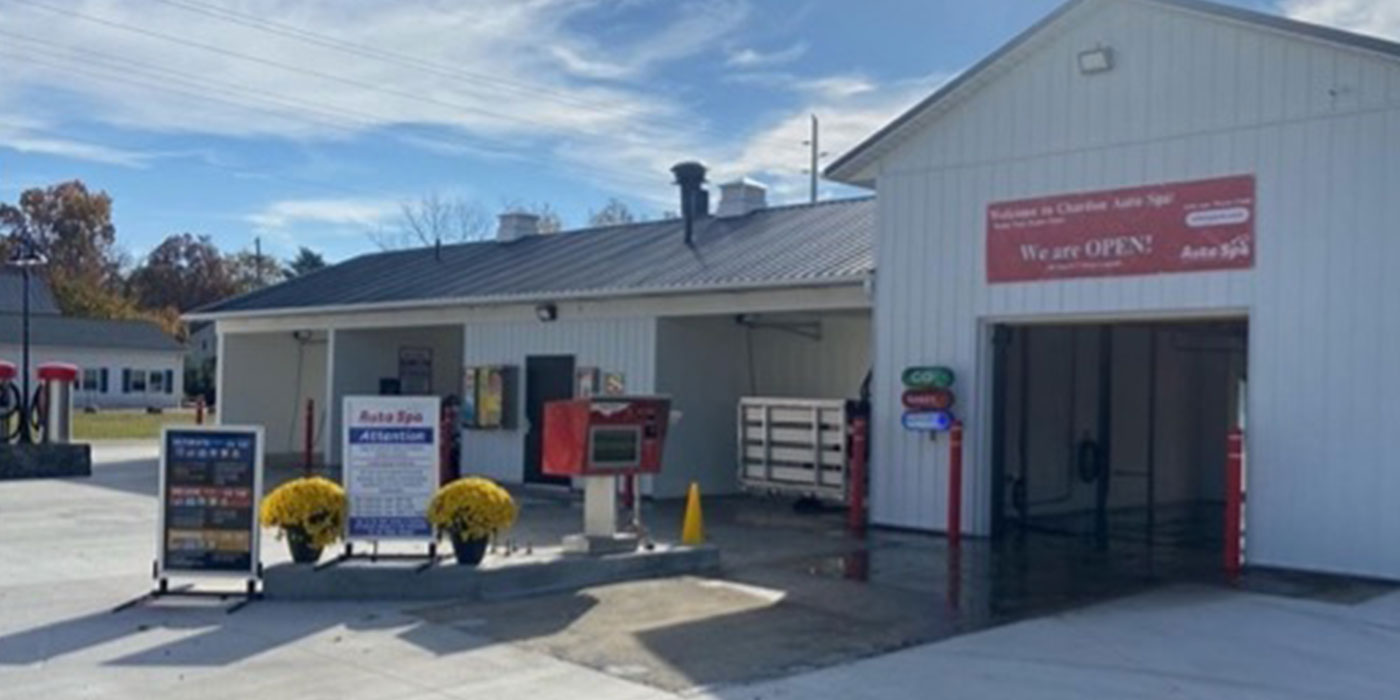Work vans and service vehicles require special attention because other companies depend on them for their day-to-day operations. Detailers and carwash owners must go above and beyond to make these cars look spotless and professional after every visit.1
Here are four points to remember when washing work vans and service vehicles.
1. Commercial vehicles matter a little extra
Washing a commercial vehicle carries a bit more urgency than a standard carwash. You want to give every customer the best service possible, but it’s not the end of the world if you miss a spot here or there. However, the average person’s car doesn’t need to impress potential clients or maintain an expected level of sanitation.
A new defining factor comes into play with commercial vehicles: brand reputation. When other drivers see well-kept service vehicles on the road, it gives them a positive impression of the business.2 These trucks are more than transportation tools — they’re the backbone of someone else’s livelihood. They carry the essential people and equipment to keep the company running. Their cleanliness and organization are paramount to the operation’s reputation in the community it serves.3
Taking special care of commercial vehicles benefits your customers in the following ways:
- Maintains roadworthiness: Commercial vehicles must follow industry standards to be considered roadworthy, and your detailing service can help them stick to those standards.4
- Minimizes company downtime: A thorough cleaning from a professional saves businesses the time and effort of doing the job themselves.
- Helps vehicle branding efforts: Logos, slogans and other branding efforts can grab your attention more effectively when you remove the grit and grime.
- Creates a positive company image: A fleet of clean vehicles contributes to a positive company image.
Every customer deserves the best service, although you have some room for error. On the other hand, commercial vehicles are too vital to local businesses for you to make mistakes — every detail matters.
2. Keep your service flexible
Commercial vehicles must fall under a certain height and weight as part of the previously mentioned roadworthiness standards. That means some of them will not fit into your touchless car wash or won’t experience the same effects from your cleaning as other vehicles.5 That’s okay — all carwashes have limits and can’t service every make and model that drives into the lot.
You must stay flexible and provide various packages and promotions so commercial vehicles of all sizes can get a well-rounded wash.6 For example, sprinter vans require different cleaning procedures than box trucks. You could offer a package for each vehicle type.
Businesses also have different needs and priorities for their commercial vehicles. Some customers will just ask for a polish, while others might request tire shines, waxings and other special services. Your carwash must adapt its service to meet their preferences.
You might offer a special discount as compensation for tall trucks and vans that can’t fit through the touchless wash. When your usual service falls short, you must find alternative solutions to keep customers satisfied.
3. Get the right tools
Washing and detailing commercial vehicles requires a specific set of tools. You might already have some of them to service regular cars, but for clarity’s sake, here’s everything you need for commercial vehicles:
- Commercial pressure washer
- Dual-axle open trailer
- 500-gallon water tank
- Separate holding tanks for two-step wash chemicals
- Low-pH acidic detergent
- High-pH alkaline-based detergent
- Aluminum brightener
- Retractable hose reel
- Generator to power pumps and other devices
- Hoses and pumps to feed your pressure washer.7
These tools will enable you to wash entire fleets of large commercial vehicles. You might also have to invest in a better water reclamation system to keep up with the greater amounts of runoff that come from larger vehicles, but it will save you time and money in the long run.8
Each device on the list plays an essential role. The high-grade pressure washer will remove the toughest debris that commercial vehicles gather from heavy usage. You’ll need the trailer to relocate the vans and put them into place for cleaning.
The large holding tanks are vital for the two-part presoak dirt breakdown process that commercial vehicles need.9 This involves washing the body with an acidic low-pH detergent first to break down dirt’s close bonds with the surface, followed by a basic high-pH detergent that lifts the grime off the vehicle.
Once you acquire all these tools, your carwash will have the means to service any work vehicle that drives into the lot. However, you must also practice the proper cleaning procedures.
4. Work vehicle manual washing procedure
When commercial vehicles do not fit into your touchless wash station, you have to be prepared with a backup manual washing procedure.
Prewash
This step involves breaking down the dirt, grease, oil and other stubborn debris that the vehicle accumulates. The pressure washer and low-pH detergent play the most important roles. You can either apply the detergent manually or install a presoak arch in your cleaning area to do the job quicker.10 Use an alkaline cleaner for the wheels, if necessary.
Commercial vehicles gather more grime than average cars, so this stage has more importance than usual. You must destroy the foundations of that top layer to get down to the van’s surface and give it a thorough cleaning. Put all commercial vehicles through this first stage, whether or not they can fit through the touchless station.
Main wash
With the first line of defense broken down, you can move to the main washing sequence. Use your best scrub brushes and strong foamy soap to wipe the softened dirt away in place of the touchless system. Use a steady hand to prevent peeling and chipping when going over the decals.
You will probably need a stepladder to reach the vehicle’s roof, so keep one on standby throughout the wash. After applying the first layer of soap, use the high-pH detergent to help wash the excess grime away. Soap’s pH sits at around nine, but you want something more powerful.
After completing both scrubbing steps, rinse the vehicle with the pressure washer and dry it off with a handheld dryer device.11 You could also allow it to air dry, but a handheld dryer is the better time-saving choice.
Detailing
This final stage is the opportunity for your customers to give their input. They could request polishing, waxing, tire cleaning or another service. Wax is often included in commercial vehicle cleanings because it gives them much-needed protection from corrosive substances.12 Dirt also has a hard time sticking to wax’s protective film, which keeps the vehicle cleaner for a longer period.
Go the extra mile for work vehicles
Every customer has inherent value, but local businesses that need their work vehicles serviced matter a little extra. They deserve the utmost respect and attention to detail. Make sure your carwash is versatile enough to accommodate them, you have the right tools and know the standard washing procedures to give those commercial vehicles the care they need.
Sources:
1https://modded.com/the-absolute-best-way-to-wash-your-car/
3https://www.commercialvanshelving.com/blog/electric-vans-and-the-future-of-service-vehicles
5https://vancampinglife.com/can-a-transit-van-go-through-a-car-wash/
6https://www.carwash.com/49-marketing-tricks-to-boost-your-business/
7https://www.homestratosphere.com/types-of-car-wash-tools/
8https://www.epa.gov/waterreuse/basic-information-about-water-reuse
9https://www.carwash.com/presoak-your-washs-first-and-last-impression/
10https://thenewswheel.com/components-of-an-automated-car-wash/
11https://www.cnet.com/roadshow/news/best-car-dryer/
12https://www.thedrive.com/reviews/26775/best-car-wax
Oscar Collins is the founder and editor-in-chief of Modded, where he writes about cars, car trends and auto news. Follow him on Twitter @TModded for frequent updates on his work.

